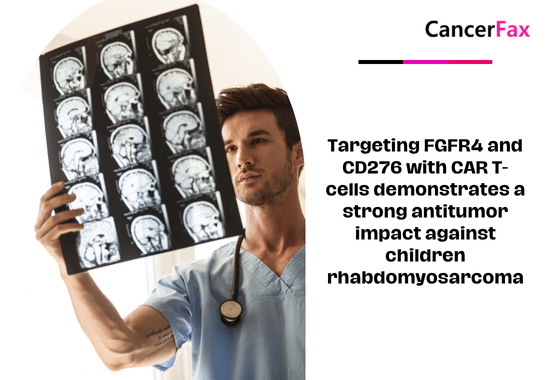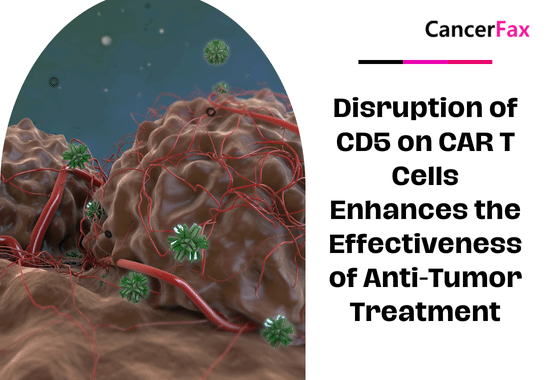Advanced gastric cancer
Gastric cancer has long been in the lead in terms of morbidity and mortality of malignant digestive tract tumors. The biggest reason is that once it is found to be in advanced stages, the prognosis is poor. Even in Europe and North America, the 5-year survival rate for T3 / T4 gastric cancer is only 20%. How to improve the survival of patients is a difficult problem before clinical tumor treatment.
In the field of medical treatment, perioperative chemotherapy or neoadjuvant chemotherapy has been applied to gastric cancer and adenocarcinoma of the gastroesophageal junction, and neoadjuvant radiochemotherapy is also widely used in esophageal cancer. Perioperative chemotherapy options include epirubicin + cisplatin + fluorouracil (ECF) used in the MAGIC study, and cisplatin + fluorouracil used in the FNCLCC / FFCD 9703 study.Despite some achievements, the exploration of adjuvant therapy for gastric cancer during the perioperative period is still long. In terms of drug selection, anthracycline combined with fluorouracil and platinum programs have been verified, but there is little research on whether docetaxel can play a therapeutic role under new auxiliary conditions.For advanced metastatic gastric cancer, first-line or second-line treatment of docetaxel has proved effective, including FLOT (fluorouracil + calcium folinate + oxaliplatin + docetaxel) 2-week regimen. In the neoadjuvant study of gastric cancer, the FLOT scheme compared with the ECX (epirubicin + cisplatin + capecitabine) scheme, the pathological complete remission rate is higher.Therefore, the researchers conducted a FLOT4 phase II / III study to compare the efficacy of the ECF / ECX scheme and the FLOT scheme in the perioperative treatment of resectable adenocarcinoma of the gastric / gastroesophageal junction. Recently, the results of Phase II of the FLOT4 study were published online in the journal Lancet Oncology.
Main research
Main results
The perioperative treatment completion rates of FLOT and ECX / ECF treatment groups were 93% (119) and 92% (126), respectively.The pathological complete remission rate of patients in the FLOT treatment group was higher than that of ECX / ECF, respectively 16% (20/128) vs 6% (8/137).In terms of safety, the incidence of at least one surgical complication or perioperative serious adverse event was 25% (30/119) in the FLOT group and 40% (44/111) in the ECX / ECF group.The most common non-surgical grade 3-4 adverse events in the two treatment groups were neutropenia (38% [ECX / ECF] vs 52% [FLOT]), leukopenia (20% vs 28%), and nausea (17 % vs 9%), infection (12% vs 12%), fatigue (14% vs 9%) and vomiting (10% vs 3%).
The perioperative FLOT program has anti-tumor activity and is easy to implement. It may become a treatment option for locally advanced resectable adenocarcinoma of the stomach or gastroesophageal junction.
However, whether this result can be truly applied to clinical practice requires caution. First, can pathological complete remission as the primary endpoint translate into patient survival benefit? At present, there is no definite evidence for improvement in overall survival or progression-free survival in Phase II studies, and the final results will have to wait for Phase III studies.
In addition, the pathological complete response rate of perioperative chemotherapy is usually not more than 10% (close to 3%), and the pCR rate of 16% of the FLOT scheme may be abnormal. As for the FLOT regimen itself, whether 4 cycles are appropriate is still unclear, and the potential toxicity of the combined treatment of three cytotoxic drugs is worrying. When cytotoxic chemotherapy has entered the bottleneck during the perioperative period, the treatment plan should give room for new immunotherapy or targeted therapy.
The exploration of perioperative adjuvant therapy for locally advanced gastric cancer will continue. Radiotherapy combined with chemotherapy or individualized treatment based on molecular classification of gastric cancer are all directions.

